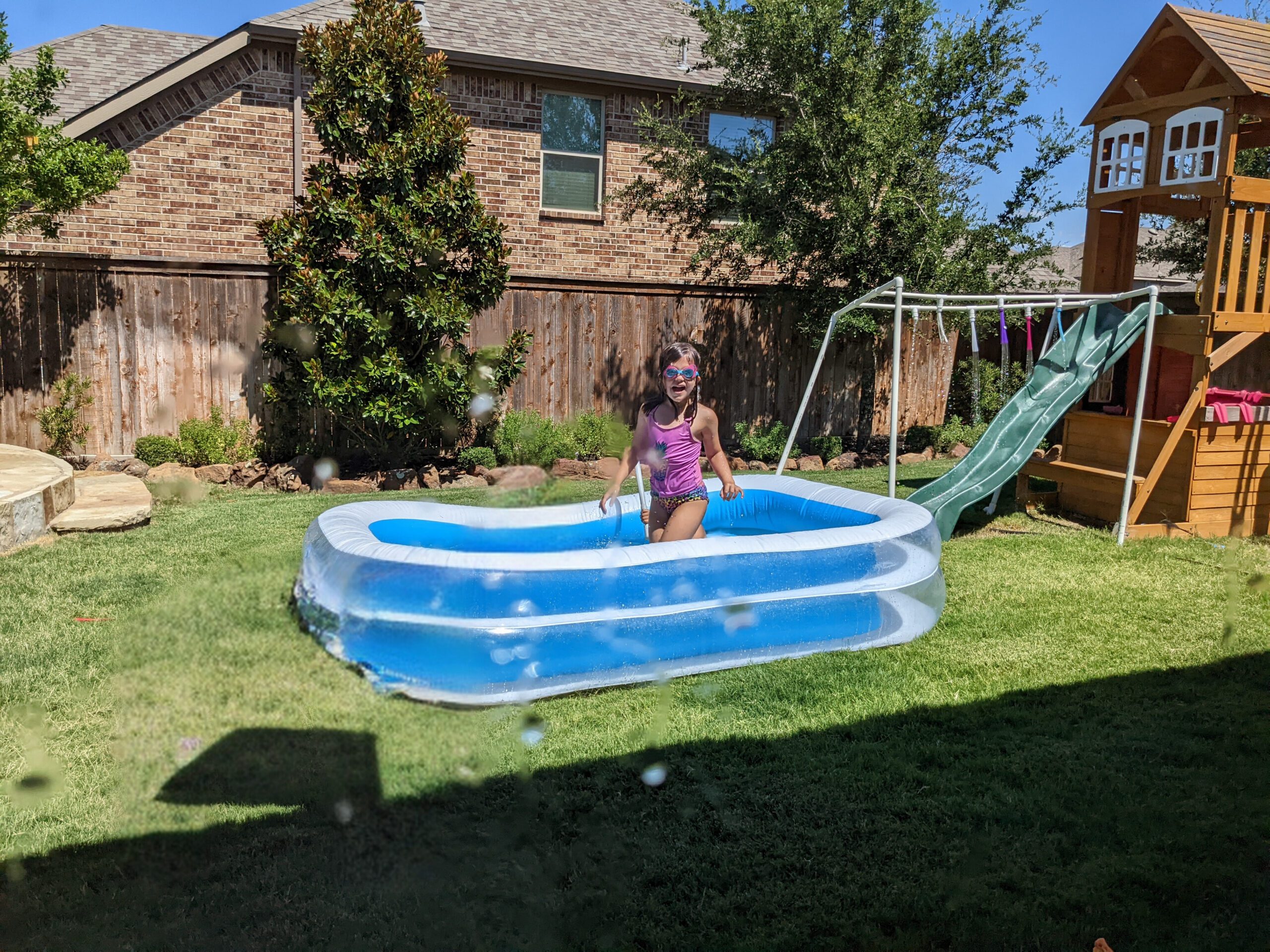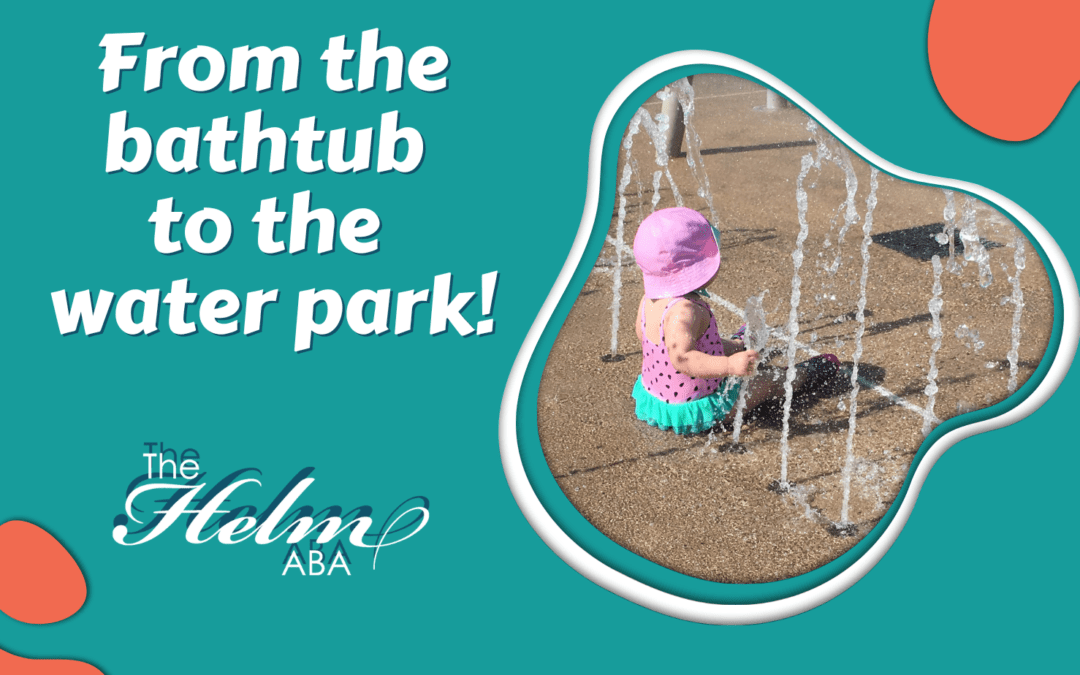For a lot of children with autism and their families, heading for a day at the water park might be very overwhelming. But, if your kiddo enjoys bath time, then a fun day at the park may not be too far off. That’s why today we have some tips for transitioning a child with autism from the familiarity of a bathtub to the excitement of a water park with smooth, gradual steps. Here’s a personal guide to making the journey enjoyable:
Water Safety First
Before we can begin talking about water slides and wave pools, ensuring your child’s safety around water is paramount. Prioritize teaching them to swim, as swimming skills are essential for their safety and confidence. Consider enrolling your child in swim lessons tailored for children with autism to provide them with the skills they need to enjoy water activities safely.
Step 1: Bathtub to Kiddie Pool
Start with a small kiddie pool at home. This allows your child to become comfortable with a larger water space while still in a familiar environment. Introduce water toys and activities they enjoy in the bathtub to make the experience positive. Just remember to stay patient. Just because they like the bath, doesn’t mean this will be a home run. A lot of variables are different from location to water temperature, so take it slow.
environment. Introduce water toys and activities they enjoy in the bathtub to make the experience positive. Just remember to stay patient. Just because they like the bath, doesn’t mean this will be a home run. A lot of variables are different from location to water temperature, so take it slow.
Step 2: Kiddie Pool to Splash Pad
Once your child is accustomed to the kiddie pool, take them to a local splash pad. Splash pads offer gentle water features and interactive play without the overwhelming stimuli of a full water park. Gradually increase the time spent here, allowing your child to explore at their own pace. If they don’t want to play with a specific feature, don’t push it. Chances are they will discover it on their own and learn to love it.
Step 3: Splash Pad to Water Park
When your child enjoys the splash pad, it’s time to visit a water park. Plan short visits during off-peak hours to avoid large crowds and loud noises. Focus on areas similar to the splash pad initially, and slowly introduce more complex attractions as your child becomes more comfortable. This is another chance to practice patience. It can be difficult for parents to pay for a trip to even a small water park only to have your kiddo stay in the same spot all day. But, like most things like this, slow and steady wins the race.
Tips for a Smooth Transition:
- Use Visual Aids: Create a visual schedule or social story about the water park visit. Include pictures and descriptions to help your child understand what to expect.
- Prepare with Videos and Photos: Show your child videos and photos of the water park to familiarize them with the environment.
- Bring Comfort Items: Pack familiar items such as a favorite towel, toys, or snacks to provide comfort.
- Use Ear Protection: Consider earplugs or noise-canceling headphones if your child is sensitive to loud sounds.
- Communicate with Staff: Inform the water park staff about your child’s needs. Many parks offer accommodations to make your visit smoother.
By taking these steps and moving at a pace that suits your child, you can ensure the transition from the bathtub to the water park is a positive and enjoyable experience for the whole family. With patience and preparation, water play can become a delightful summer activity that everyone looks forward to.

